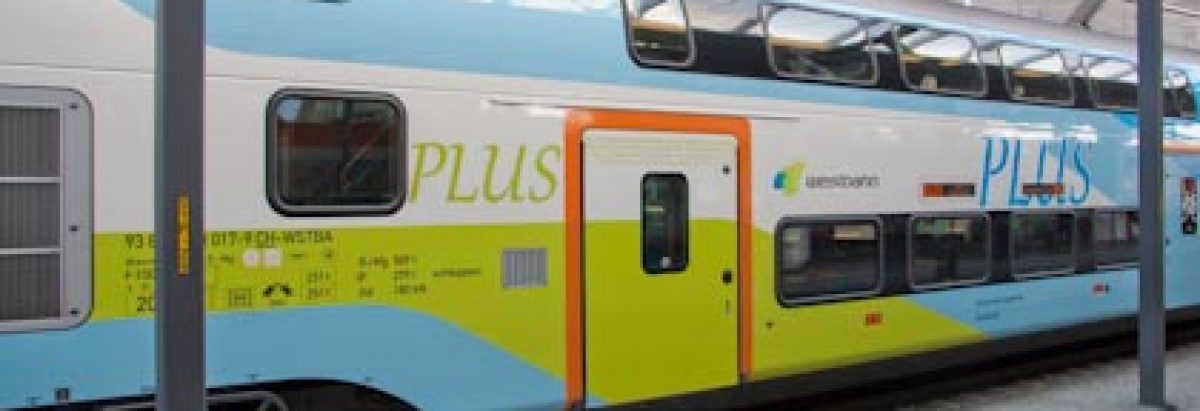By: Mark Paskus
There may come a time for the model railroad enthusiast when a need comes to mind that entails a track addition to an established layout. I have found it best to follow a multi-step plan that leads to the smooth incorporation of the addition to the existing layout. These steps are listed below.
1) Define/describe a need/new function.
2) Locate an area on the current layout where the new addition may fit.
3) Collect the track necessary to construct the addition.
4) Lay the track out as it may meet the desired function as well as fit within the constraints of the chosen area.
5) Adjust the track set until there is hope of completion of the required addition.
6) Using temporary track bed, construct the addition using C-clamps and/or blocks of insulation as necessary for support.
7) Once the final track set and orientation have been determined, cut as large a single piece of board as possible which is to be used for track support throughout the addition following the shape of the track set for the addition.
8) Trace the pattern of the track set onto the board (~ ½” plywood) and cut out the pattern with a saber saw. Repeat through as many pieces required to support the entire track set.
9) Install the piece(s) of backer board(s) as required to meet the need of the original function.
10) Lay out the track, connecting it to the existing layout. Recheck that any incline stays within the bounds stipulated by the loco manufacturers (Typically < 4 degrees).
11) If the track addition is placed between two originally isolated (separate) sections of the original layout, be certain to install a current break at a convenient place within the new addition.
12) Scenic as desired.
Personal Experiences
My train layout has been expanded by building layers onto the previously constructed layout. My last addition, a sixth layer, was to be for my American trains. Having previously ensured that every piece of track was physically connected to every other piece of track, I wanted to tie this latest addition to the other layers of the layout. So my function was defined: I wanted to build a ramp that allowed trains to run from my top layer to the rest of the layout (see pictures below):
(Click Images to Enlarge)
Initially I studied the rear of the layout but soon discovered that any ramp would interfere with ramps already in existence. Changing my search to the front of the layout, I found an area that fit my need and would be easier to construct because it had much better access.
Searching through my inventory of extra track pieces, I was able to construct a track set that seemed to fit the immediate need. This track set was manipulated until a final/viable configuration was found.
The addition entailed tying two track layers together. Therefore, an incline had to be laid out that met certain constraints of the manufacturer’s recommendations. This made the initial set up considerably more involved. I remember using blocks of pink insulation to support the initial installation of the track set until everything fell into place.
Once the final track set was determined, it was laid out on a board to be traced out. Three individual pieces were required to support the entire length of the track set. These backer boards were permanently installed while continually checking that the required track set was properly supported. With the backer board properly installed it became a simple matter to install the track set. The picture below shows the isolation point mentioned in Step #11 above.
I have found it very convenient to use the track, when screwed down, to hold Faller ground cover in such a way that a smooth transition occurs between the original layout and the new addition ( see Figure below). The pictures also show some of the details of actual construction.
P. S.: It’s against my religion to use any software or published pictures of layouts to aid in my own layout construction. The efforts that these two items attempt to solve for the enthusiast are exactly the fun I acquire when I do my own design, as haphazard as it may be.
©2011 ETE Eastern New England Chapter. All rights reserved.






